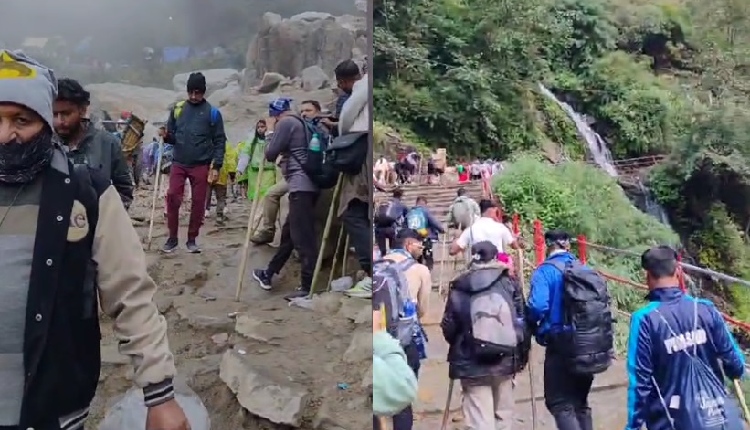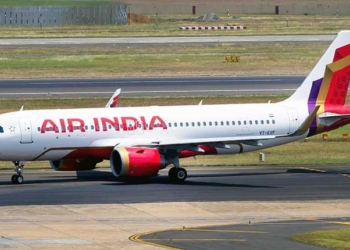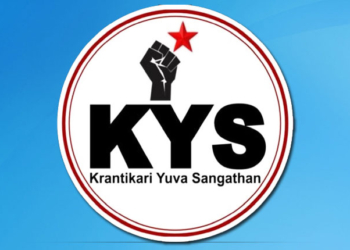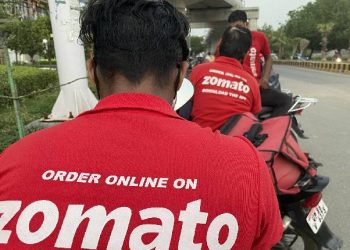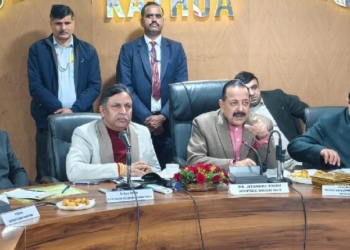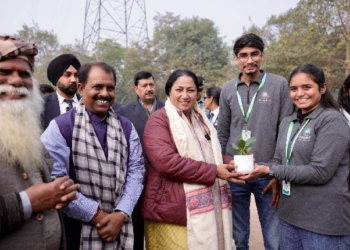New Delhi: Kedarnath Yatra is one of the most-revered Hindu pilgrimages which is undertaken by many devotees every year despite challenges arising due to inclement weather conditions. Even this year, though adverse weather conditions came as an obstacle for the pilgrims, the Yatra towards Kedarnath Temple resumed as soon as the weather turned conducive.
Kedarnath Temple is located on the Garhwal Himalayan range near Mandakini river in Uttarakhand. Due to the region’s extreme weather conditions, the temple remains open for the people only between April (Akshaya Tritiya) and November (Kartik Purnima).
Despite all the challenges, I decided to have a darshan of Baba Kedar and Badri Vishal, and set out on the journey towards Kedarnath Temple.
All the news reports that I went through before stepping out for the Yatra gave positive vibes. However, little did I know that there would be confrontation with gloomy moments soon.
On the first day of my Yatra, I began proceeding towards Sonprayag from Haridwar on a vehicle.
The man who was behind the wheels threw indications that I was probably having the initial brushes with the challenges that were waiting for me.
“This is just the beginning. Hopefully, you don’t abandon the journey mid-way by looking at the condition of the roads,” he said, to which I replied: “That won’t happen… according to local media, authorities have made proper arrangements for the Yatra.”
The driver responded: “Sir, now that you have embarked upon the journey, maybe you should have a closer look… you will get a proper idea about the difference between the government’s claims and actual action regarding the Yatra’s arrangements.”
On my way to Rudraprayag, I began realising what my vehicle driver was actually talking about.
During the beginning of my journey, I stopped at a roadside dhaba for a food break. I met a woman there, who turned a little emotional on learning that I am a journalist.
“Why don’t you people report about the mismanagements in the Yatra?” she wondered, to which I said: “The local media has been saying that the Yatra has been underway in a nice and proper manner.”
She retorted by saying: “Properly? I have a 3-year-old daughter and I am trying to avail of the helicopter services. The rates they are citing sound illogical. Those having confirmed tickets are being made to wait while those who are ready to pay upfront are getting priority.”
I assumed she was being too harsh as she was not satisfied with the arrangements. However, when I reached Phata — from where helicopters are operated — I came across several people whose claims turned my perception about her words upside down, and made me believe that the woman was probably speaking the truth.
In any case, I told myself, I had to undertake the journey on foot. Hence, I reached Sonprayag and checked into a hotel at around 10 p.m. with lots of excitement for the Yatra.
At around 4.30 a.m. in the morning, I went to a point at Sonmarg from where people avail the ride services to move towards Gauri Kund.
This journey was the beginning of the series of chaos and disorder.
The ride fare was Rs 50. And the behaviour of vehicle operators was so crass and rude that it could unsettle anyone.
The journey on foot did not even start yet!
I managed to board a vehicle and left for Gauri Kund.
The condition of roads and the deep gorges alongside gave me mini-heart attacks.
Out of curiosity, I asked the driver: “Doesn’t the government ever pay attention to repair this road?”
He replied: “You’re still travelling, is it not sufficient?”
I asked him: “What do you mean?”
The driver said: “Sir, the Yatra is in its last stage. You should avail the benefits of whatever facilities you’re getting, and you should set out for the Yatra in a good state of mind.”
The conversation was enough to make me realise that there were lapses by the authorities and administration.
After a while, I reached Gauri Kund and was welcomed by unpleasant sights.
There was horse-dung everywhere, heaps of garbage and mud-filled roads.
The Yatra was about to begin. The horse and mule owners were calling their potential customers. And everyone was responding to them, saying: “No, I will undertake the journey on foot”.
One of the horse owners said: “Everyone says the same. But mid-way, people change their mind. Horses will definitely be needed.”
Horse-ride providers were shouting in unison “Kedar Dham in four hours”!
I thought, going by that calculation, on foot it would take around 8 hours to reach.
However, I was yet to face the reality. And as I moved ahead, reality began giving its glimpses.
As I moved a bit further, I noticed massive stones on the road. There were no railings around the gorges.
The mule-horse operators were moving ahead of me, and if (unfortunately) you got crushed or slipped into the depth of the gorge, no one would even notice that.
Due to rain, there was a mixture of horse-dung and mud on the road, making the foot-journey more difficult. Many people were slipping and falling against the massive rocks. It was quite clear that life was at risk.
Soon, we reached Bhimbali. But by then, I was feeling quite scared.
There were a few shops along the route. I asked one of the shopkeepers if any police or medical camps were set up for the convenience of pilgrims.
The response was: “Just cover a distance of 26 km more. You will find medical camps and other staff.”
“What if someone encounters a medical emergency?” I wondered.
He replied: “Did the government call you? You came for the Yatra on your own. You should bring medicines and medical kit along.”
I understood why the shopkeepers were saying so when I learned that a bottle of water that costs Rs 20 was being sold at Rs 100-200 while Maggie (noodles) was being sold at Rs 100 instead of Rs 50.
We kept moving forward and there was chaos and disorder all around. It was 4 p.m. but due to fog, the visibility dropped significantly and the path/road ahead was not properly visible. All of a sudden, it began raining too!
The challenges got multiplied due to the slippery mud-filled road. There was no illumination along the road. As we are moving in a group, one person was trailing another. There were no fixed rates provided by the horse-mule operators. Prices were being charged on the basis of how tired and worn out one appeared!
We managed to reach the base camp at around 8 p.m. The cold breeze that was blowing sent shivers across the body. Somehow, I got a place to stay at the camp after encountering lots of “unreasonable demands”. However, there were more issues to add to the woes. Hot water was being charged Rs 100. There was no fixed rate for the meals. Anything between Rs 400-600 was being charged per person and the quantity was not also not enough.
Somehow, I spent the night and went to temple for darshan in the morning. I was greeted by a long queue. And still , there was no end to the disorder.
By shelling out Rs 2,500-5,000, one priest would accompany you ‘straight-away’ for the darshan.
If you spend money, the Pandit Ji will help you carry out the basic rituals along with darshan at the temple. Or else, all you get is find yourself cramped amid a crowd, and not even have a proper darshan of Baba Kedarnath.
The police personnel present looked to be sporting an indifferent attitude. If you are a ‘VIP’, you are given preferential treatment.
A key takeaway from this yatra was a realisation that you have a proper darshan at Kedarnath Temple only if you are ‘VIP’ or ‘VVIP’.
The shopkeepers and horse-mule operators along the Yatra route charge unreasonable rates, and the government seems to be unaware of that.
Devotion and spirituality seem to have become a business and this would not quite be possible with any ‘patronage’ from the Uttarakhand administration.
(IANS)




